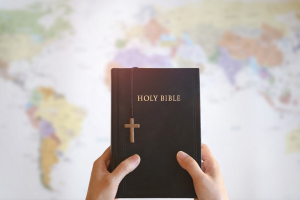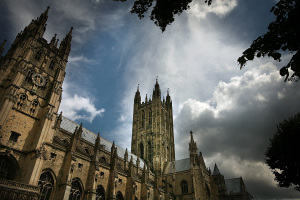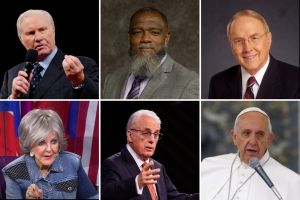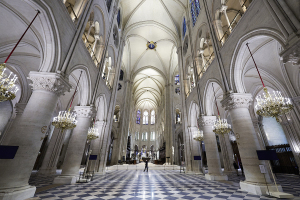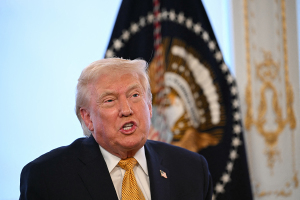Anglican head wants churches to remove statues linked to slavery, reconsider image of white Jesus
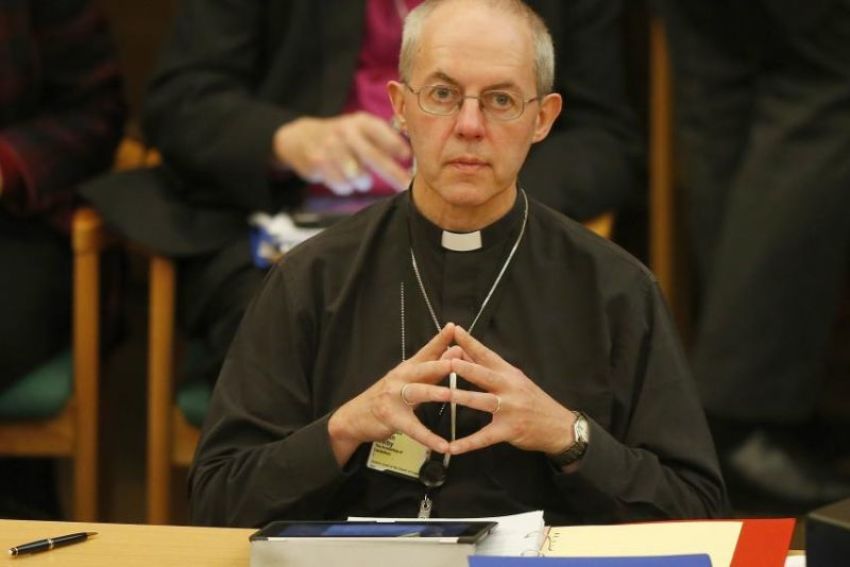
As Britain is examining its links with slavery in the wake of Black Lives Matter protests in the U.S., the Archbishop of Canterbury wants all statues and memorials in churches and cathedrals that are linked to the slave trade to come down, a call that some clergy believe goes against the Christian teaching that all are sinners.
“The statues need to be put in context,” Archbishop of Canterbury Justin Welby recently said on BBC Radio 4. “Some will have to come down, some names will have to change. The church, goodness me, you just go round Canterbury Cathedral and there are monuments everywhere, or Westminster Abbey. We are looking at all that and some will have to come down.”
The Times (of London) reports that many Church of England dioceses are conducting audits to document who is memorialized in the denomination’s 16,000 churches and 42 cathedrals after leaders showed their willingness to alter or remove some monuments.
But “if only the sinless can be remembered, we’re only going to have memorials to Christ,” a London priest, who was not named, told the British daily.
“We have bucket-loads of saints, martyrs, heroes and heroines, buildings acquired and built with dubious money, but no one is unblemished, all have sinned,” the Rev. Andy Bawtree, a vicar at River parish church near Dover, was quoted as saying.
So “where do you stop?” Bawtree asked.
Nick Timothy, a columnist at The Telegraph, argued that there was no biblical justification for making the forgiveness of one generation conditional on the actions of another.
“Whether you are a Christian or not, this departure from scripture is profoundly worrying. Christianity’s promise of redemption, and the idea that we are each accountable for our own sins, has shaped our civilisation,” Timothy wrote. “We are members of families and communities large and small, but we are more than just featureless components of some greater group identity. This is one reason why we have equal political and civil rights, and stand equal before the law.”
The columnist added Britain’s Christian heritage and its associated history of bloody religious conflict inspired an important Western principle. “The realisation that clashes between different values, beliefs and interests are inevitable gave rise to the essential liberal idea of pluralism. We should accept and tolerate difference, while agreeing (that) laws and processes to mediate clashes, guaranteeing rights for minorities, and protecting the norms, traditions and institutions that foster a common, unifying identity to build trust and reciprocity.”
On BBC Radio 4, Welby also said the Church should reconsider portraying Jesus as white. “You go into churches [around the world] and you don’t see a white Jesus. You see a black Jesus, a Chinese Jesus, a Middle Eastern Jesus — which is, of course, the most accurate,” he said.
Timothy suggested that Welby could have said that “the significance of Jesus is spiritual, not political or racial, that Jesus was God made flesh, and that we are all made in God’s own image.” Instead, Timothy continued, “he agreed that the depiction of Christ in Western countries should change.”
Welby said Jesus was “Middle Eastern, not white.”
The archbishop “studiously” avoided “the more accurate description that Jesus was a Jew. But then Middle Eastern Jews, or Israelis as we also call them, are these days an unfashionable minority to defend,” the columnist wrote.
Michael Brown, host of Line of Fire radio program, argued in an op-ed, “A major reason that white artists depicted Jesus as white was because they forgot about his Jewish (and Middle Eastern) roots. Not only so, but since the Jews were viewed as demonic and evil, Jesus had to be different than them, hence a white, non-Jewish Jesus.”
The real question for the “cultural iconoclasts” of our day, Brown suggested, is “Would you be at home with a Jewish Jesus? With Yeshua, the son of Miriam, called rabbi rather than reverend? Would you be at home with him? This is also a great question for Christians worldwide. Do you follow the Jesus-Yeshua of the Scriptures or a Jesus whom you have created in your own image?”















